Home
Wiesengrund (Dobřany) (Pflege - und Erziehungsheim für
Kinder, in der [Gau-,] Heil- und Pflegeanstalt Wiesengrund/Sudetengau)
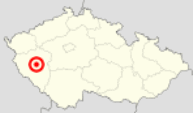
The Kinderfachabteilung in Wiesengrund was established between April
1941 (at the earliest) and September 1942 (at the latest), in the
care and educational home (Pflege- und Erziehungsheim) apparently
established in 1940 and that was part of the larger hospital and care
facility in town. When the facility Gau-, Heil- und Pflegeanstalt Sternberg
was dissolved in May 1941, the children there were sent to the Pflege- und
Erziehungsheim in Wiesengrund. The care facilty as a whole appears to have
been the largest of all such establishments in the Sudentenland, with a
capacity of close to 3,000 beds and its own railway station. In April 1943
it suffered a bombing attack intended for the nearby Pilsen, but it appears
not to have shut down the operation of special children's ward in the the
care and educational home. The physician responsible for the "special
children's ward" was Dr. Dr. Karl Hever, who was also the clinic's director
and who worked with nurse Anna Vratnik. When Dr. Hever suffered a breakdown
in May 1944, Dr. Karl Girschek assumed the directorship of the clinic (he
refused to carry out such "euthanasia" activities), and by October 1944 Dr.
Hever had left for the hospital at Sternberg after suffering a nervous
breakdown, and there was no special compensation for him or the nurse in
1944, so it was assumed that the special children's ward had been closed at
the time. According to Michal Simůnek, the special children's ward likely
continued to exist after Dr. Hever had left, and there were plans in
September 1944 even to expand the ward and have a new director, Dr.
Georg Herrmann, a docent at Prague university (see Grumlik/Simunek 2010b,
pp. 122-23). Dr. Hever's whereabouts after WWII could not be ascertained
(see Grumlik/Simunek 2010a, p. 50 n. 80).
The Czech town of Dobřany was renamed Wiesengrund in December 1939,
following Germany's annexation of the Sudentenland in 1938 (the original
name was restored in 1945).
The number of children who died in the special children's ward is unknown,
and it is not known whether it occupied a spatially separate house or wing.
Children and youths in the facility also became victims of T4.
No information is available about the commemoration of
these events. The web site of the clinic today, Psychiatrická léčebna Dobřany, does not
mention it (for the history page, see http://www.pldobrany.cz/historie.html).
Researchers of the project "Die
nationalsozialistische 'Euthanasie' und ihre Opfer auf dem Gebiet der
heutigen Tschechischen Republik 1939-1945" are currently seeking to gain
access to the archives of institutions in areas that were German or
settled by Germans that are part of the Czech republic today, to obtain
information about the victims of T4 from there.
The directorship of the clinic at
Dobřany
has
not opened its archive and, according to these researchers, stated that
there were no "Euthanasia" victims originating in the facility, even
though File R179/Bundesarchiv Berlin records demonstrate otherwise (see here). In 1941 alone, over 1,100 patients were sent
to die in Hartheim's gas chamber, and the total number of deaths among
patients during the period of WWII is believed to have been over
5,000.
In 2015, a regional newspaper in Germany published a report
on the transfer of patients at the clinic in Galkhausen to facilities such
as Hadamar, and also Wiesengrund. A picture taken at Nuremberg shows
nurses accompanying patients to the Wiesengrund facility.
 Source:
http://bc02.rp-online.de/polopoly_fs/bild-1943-zeigt-zugtransport-patienten-damaligen-1.4830240.1422380826!httpImage/1288538496.jpg_gen/derivatives/d540x303/1288538496.jpg
Source:
http://bc02.rp-online.de/polopoly_fs/bild-1943-zeigt-zugtransport-patienten-damaligen-1.4830240.1422380826!httpImage/1288538496.jpg_gen/derivatives/d540x303/1288538496.jpg
An individual story of an adult victim, Ingrid
Bruckmann, is told here.
Given the lack of access, no records have yet been analyzed concerning the
Kinderfachabteilung.
Source: http://www.panoramio.com/photo/17401870; author
Literature
"Als spiegelten sich Engel im Wasser." Sächsische
Zeitung 26 January 2013. Archived here.
Benzenhöfer, Udo. 2003. "Genese und
Struktur der 'NS-Kinder- und Jugendlicheneuthanasie.'" Monatsschrift
für Kinderheilkunde 151: 1012-1019.
———, Thomas Oelschläger, Dietmar
Schulze, and Michal Šimůnek. 2006. "Kinder- und
Jugendlicheneuthanasie" im Reichsgau Sudetenland und im Protektorat
Böhmen und Mähren. Wetzlar: GWAB-Verlag.
Böhm, Boris, and Dietmar Schulze. 2010. "Erfassung, Selektion und
Abtransport der Patienten aus dem Regierungsbezirk Troppau, 1939-1941." Sonnenstein: Beiträge zur Geschichte des
Sonnensteins und der Sächsischen Schweiz 9: 55-78.
"Die nationalsozialistische
'Euthanasie' und ihre Opfer auf dem Gebiet der heutigen Tschechischen
Republik 1939-1945: Ein österreichisch-deutsch-tschechisches
Forschungsprojekt als Beitrag zur Aufarbeitung der gemeinsamen
Geschichte." Available at http://projekt-sudetenland-protektorat.nickol-design.de/index.htm
(Wiesengrund); now http://lebensunwert.nickol-design.de/de/wiesengrund.htm
Grumlik, Rene, and Michal
Simůnek. 2010a. "Die Entwicklung der Anstalten Troppau und
Sternberg sowie 'Marianum' in Troppau bis 1941: Ein Überblick." Sonnenstein:
Beiträge zur Geschichte des Sonnensteins und der Sächsischen Schweiz
9: 31-53.
———. 2010b. "Karl Girschek (1898-1992): Arzt,
National(sozial)ist, Anstaltsleiter." Sonnenstein:
Beiträge zur Geschichte des Sonnensteins und der Sächsischen Schweiz
9: 117-26.
Lajkep, Tomáš. 2006. “The Fate of Czech Psychiatric
Patients During World War II.” International
Journal of Mental Health 35: 62-71.
Schulze, Dietmar. 2003. "'Euthanasie' im Reichsgau
Sudetenland und im Protektorat Böhmen und Mähren: Ein Forschungsbericht."
Pp. 147-68 in Beiträge
zur NS-„Euthanasie“-Forschung 2002. Fachtagung vom 24. bis 26. Mai 2002
in Linz und Hartheim/Alkoven und vom 15. bis 17. November
2002 in Potsdam, edited
by Arbeitskreis zur Erforschung der nationalsozialistischen
„Euthanasie“ und Zwangssterilisation. Münster:
Verlag Klemm & Oelschläger.
Simůnek, Michal. 2010. "Die NS-'Euthanasie' in
Böhmen und Mähren." Pp. 156-68 in Die
nationalsozialistische "Euthanasie"-Aktion "T4" und ihre Opfer: Geschichte
und ethische Konsequenzen für die Gegenwart, edited by Maike
Rotzoll, Gerrit Hohendorf, Petra Fuchs, Paul Richter, Christoph Mundt,
Wolfgang U. Eckart. Paderborn: Schöningh.
———; Schulze, Dietmar; eds. 2008. Die
Nationalsozialistische "Euthanasie" im Reichsgau Sudetenland und
Protektorat Böhmen und Mähren, 1939-1945. Červený Kostelec: Pavel
Mervat.
Topp, Sascha. 2004. “Der ‘Reichsausschuss zur wissenschaftlichen Erfassung
erb- und anlagebedingter schwerer Leiden’: Zur Organisation der Ermordung
minderjähriger Kranker im Nationalsozialismus 1939-1945.” Pp. 17-54 in Kinder
in der NS-Psychiatrie, edited by Thomas Beddies and Kristina Hübener.
Berlin-Brandenburg: Be.bra Wissenschaft.
———. 2005. "Der 'Reichsausschuß zur wissenschaftlichen
Erfassung erb- und anlagebedingter schwerer Leiden': Die Ermordung
minderjähriger Kranker im Nationalsozialismus 1939-1945." Master's Thesis
in History, University of Berlin.
Last updated on 18 Feb. 2015
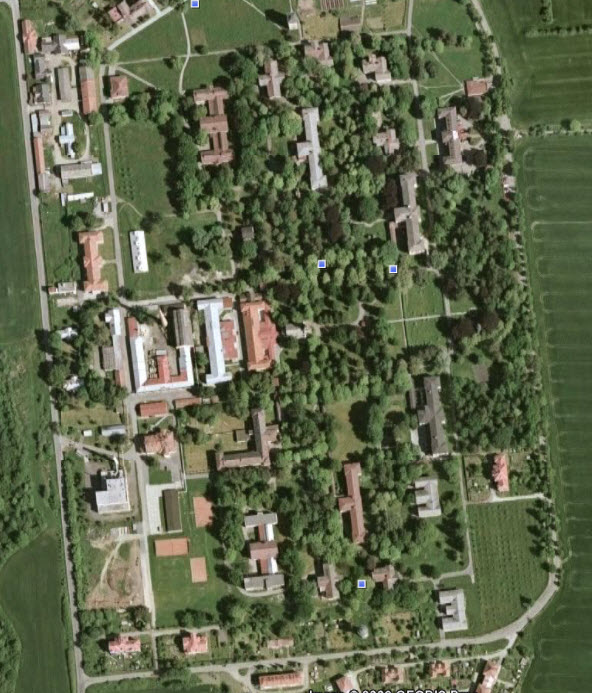
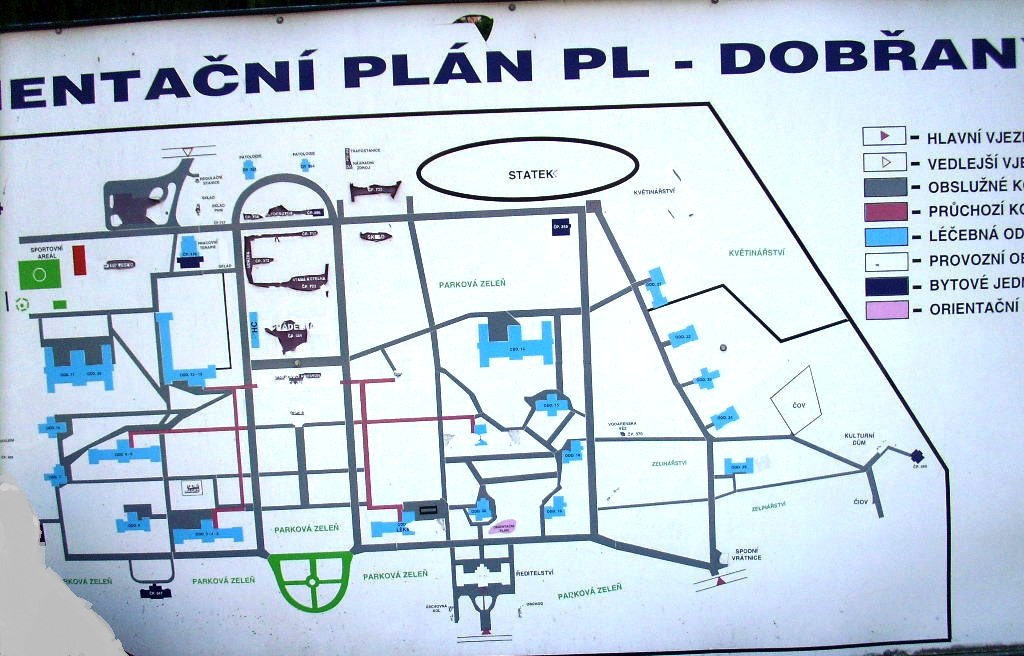
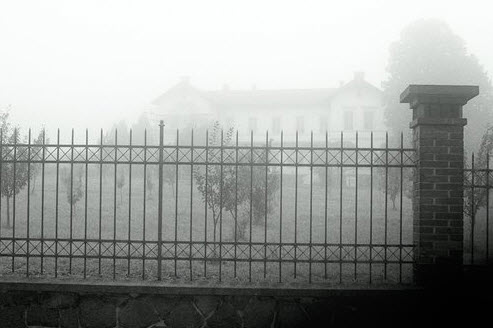
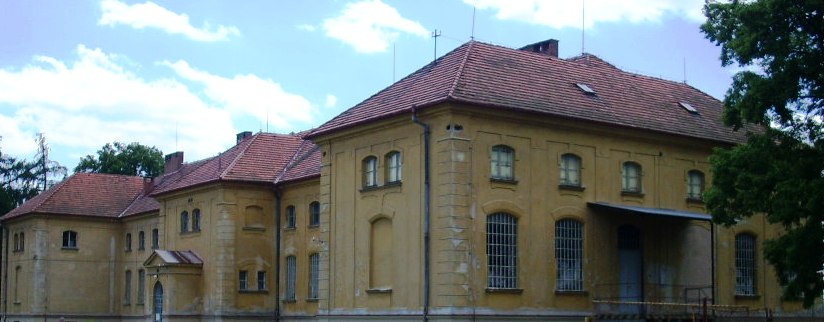

 Source:
http://bc02.rp-online.de/polopoly_fs/bild-1943-zeigt-zugtransport-patienten-damaligen-1.4830240.1422380826!httpImage/1288538496.jpg_gen/derivatives/d540x303/1288538496.jpg
Source:
http://bc02.rp-online.de/polopoly_fs/bild-1943-zeigt-zugtransport-patienten-damaligen-1.4830240.1422380826!httpImage/1288538496.jpg_gen/derivatives/d540x303/1288538496.jpg



